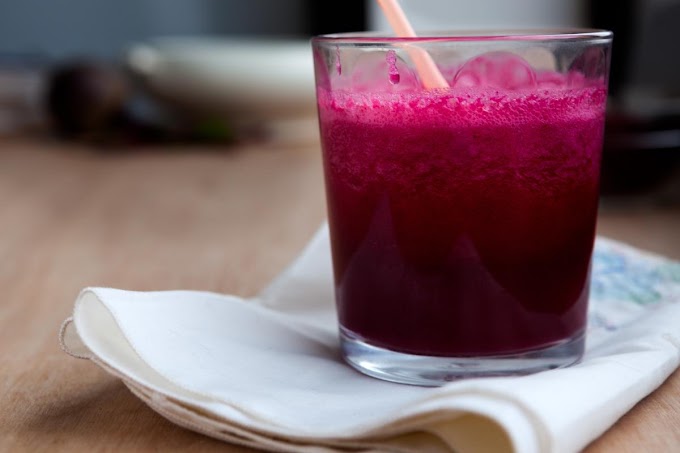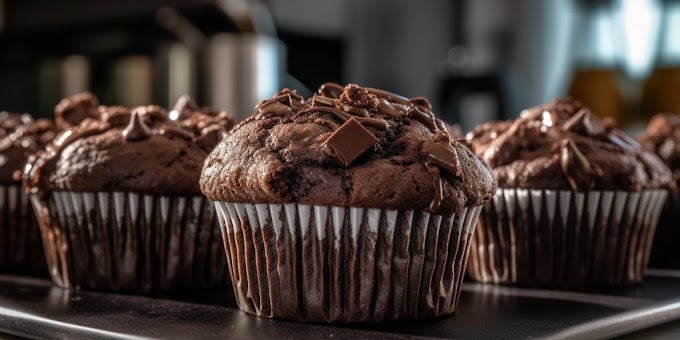Choosing the Right Leg of Lamb
Before diving into the cooking process, it's essential to choose the right leg of lamb. You'll typically find two types: bone-in and boneless.
Bone-In Leg of Lamb: This option is more traditional and often has more flavor due to the bone, which can help retain moisture and adds a rich taste to the meat. However, it can be a bit more challenging to carve.
Boneless Leg of Lamb: This cut is easier to handle and carve since the bone has been removed. It's usually rolled and tied, making it simpler to cook evenly. However, some argue that it may lack the deep flavor that the bone imparts
The size of the leg of lamb is another consideration. A typical leg weighs between 5 to 7 pounds and can feed 8 to 10 people. Make sure to choose a size that suits your gathering.
Preparing the Leg of Lamb
Margination: Start by marinating your leg of lamb. A well-balanced marinade can enhance the flavor of the lamb and tenderize the meat. Here’s a simple and delicious marinade recipe:
Ingredients:
1/4 cup olive oil
4 cloves of garlic, minced
2 tablespoons fresh rosemary, chopped
2 tablespoons fresh thyme, chopped
1 lemon, zested and juiced
1 teaspoon ground black pepper
1 teaspoon salt
1 tablespoon Dijon mustard
Instructions:
In a bowl, combine all the ingredients to make the marinade.
Rub the marinade generously all over the leg of lamb, ensuring that it's well coated.
Place the lamb in a large resealable plastic bag or a shallow dish, and refrigerate for at least 4 hours, preferably overnight. This allows the flavors to penetrate the meat fully.
Prepping the BBQ: About 30 minutes before you're ready to start cooking, take the leg of lamb out of the fridge to allow it to come to room temperature. This helps ensure even cooking. Meanwhile, preheat your gas BBQ.
Set up your BBQ for indirect grilling by turning on the burners on one side of the grill while leaving the other side off. The temperature should reach around 350°F (175°C).
Preparing the Lamb for the Grill:
If your leg of lamb is bone-in, you may want to score the fat with a sharp knife. This will help the fat render out and crisp up as it cooks. Make shallow cuts in a crisscross pattern across the fat cap, but be careful not to cut too deep into the meat.
Season the lamb again with a bit more salt and pepper just before grilling.
Cooking the Leg of Lamb on the BBQ
Searing the Meat: Start by searing the leg of lamb on the hot side of the grill. Place it directly over the lit burners and cook for 4-5 minutes on each side until you have a nice, brown crust. This searing process locks in the juices and adds a rich, caramelized flavor to the meat.
Indirect Grilling: After searing, move the leg of lamb to the cooler side of the grill (the side with the burners off). Close the lid of the BBQ and let the lamb cook indirectly. This slow cooking process is key to achieving a tender and evenly cooked leg of lamb.
For a medium-rare leg of lamb, you'll want to cook it until the internal temperature reaches 135°F (57°C). This will take about 1.5 to 2 hours, depending on the size of the leg and the consistency of your grill's temperature.
Use a meat thermometer to check the temperature in the thickest part of the lamb, avoiding the bone if you're using a bone-in cut.
Basting: Throughout the cooking process, you can baste the lamb with the leftover marinade or a mixture of olive oil and lemon juice. Basting adds moisture and enhances the flavor of the crust. Do this every 30 minutes or so.
Resting the Meat: Once the lamb reaches your desired doneness, remove it from the grill and place it on a cutting board. Tent it loosely with aluminum foil and let it rest for 15-20 minutes. Resting is crucial as it allows the juices to redistribute throughout the meat, resulting in a more tender and flavorful roast.
Carving and Serving
After the lamb has rested, it's time to carve. If you’re using a bone-in leg of lamb, start by cutting along the bone to separate the meat. Then, slice the meat across the grain into thin, even slices. For a boneless leg of lamb, simply remove the kitchen twine and carve into slices.
Serve the lamb with your favorite sides. Traditional accompaniments include roasted potatoes, a fresh salad, or grilled vegetables. A mint sauce or a simple garlic and herb yogurt sauce can also complement the rich flavor of the lamb beautifully.
Tips for Success
Keep an Eye on the Temperature: Monitoring the internal temperature of the lamb is key to ensuring it’s cooked to your liking. An instant-read meat thermometer is your best tool for this.
Avoid Overcooking: Lamb is best enjoyed when it’s pink in the middle. Overcooking can make it tough and dry.
Experiment with Flavors: While the marinade suggested here is classic, don't hesitate to experiment with different herbs, spices, or even a dry rub to suit your taste preferences.
Final Thoughts
Cooking a leg of lamb on a gas BBQ might seem intimidating at first, but with the right preparation and technique, it can be a rewarding experience. The combination of the grill’s smoky flavor and the lamb’s natural richness creates a dish that’s both delicious and memorable. Whether it’s for a special occasion or a weekend barbecue, this method will help you achieve a perfectly cooked leg of lamb that’s sure to impress your guests. So fire up that grill and enjoy the process of creating a culinary masterpiece in your own backyard!








Social Plugin